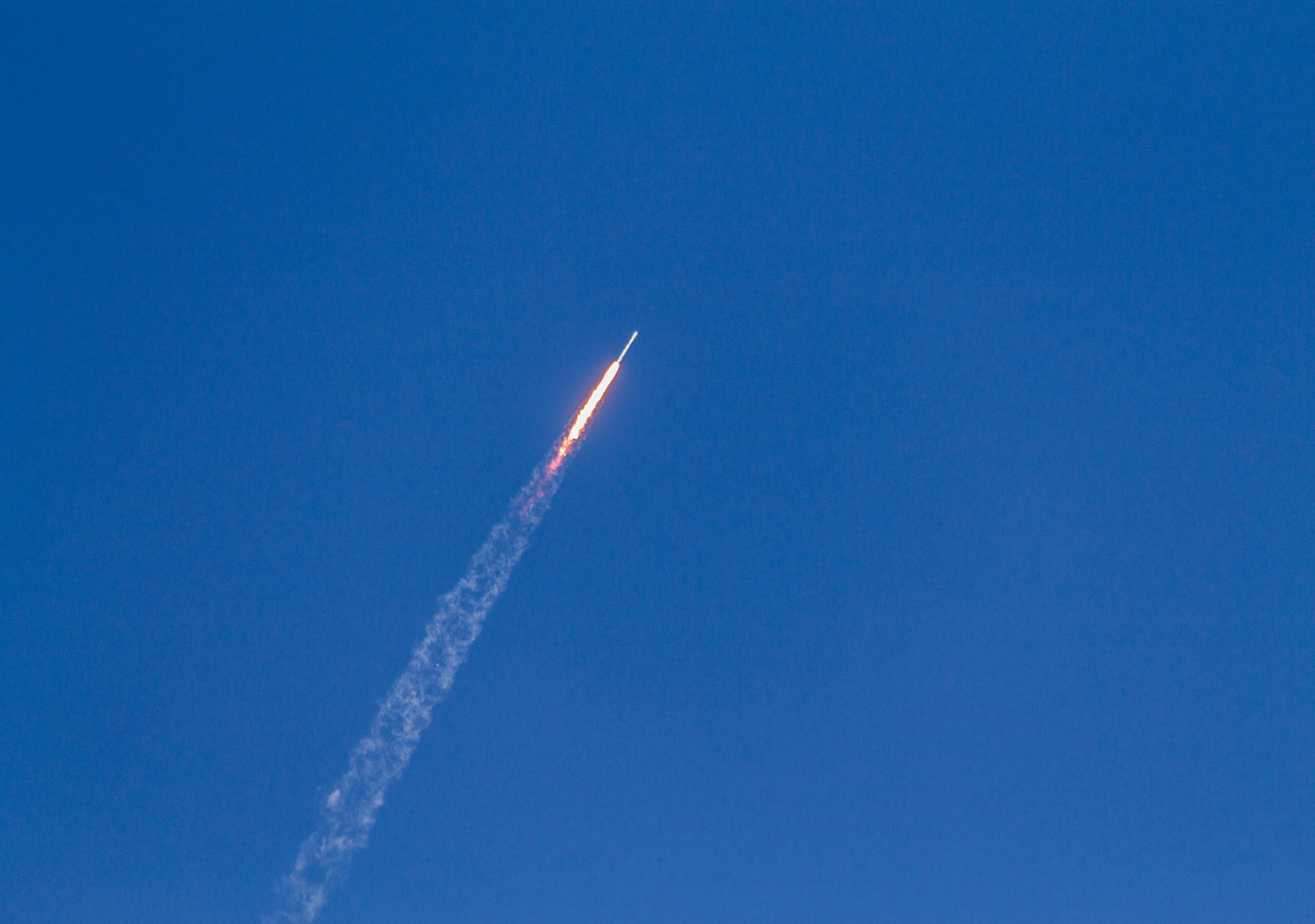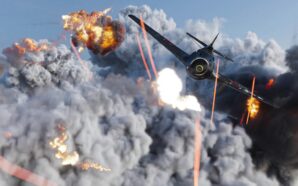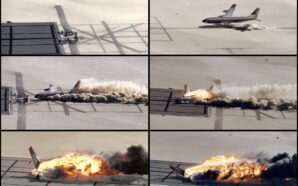
Credit: Unsplash
North Korea’s Ballistic Missiles Keep the World on Edge: A Call for International Cooperation
On Thursday, North Korea launched another missile, sparking fear and confusion in Japan’s northern island of Hokkaido residents. The missile was believed to be the country’s first intercontinental ballistic missile (ICBM) test in a month and may have been a new, more mobile, harder-to-detect type of missile.
Millions of people in Hokkaido received a J-alert, urging them to take cover as the missile could land on or near the island. However, the evacuation order was lifted, and Tokyo confirmed that the missile had fallen outside Japanese territory in waters off the east coast of the Korean Peninsula. The missile was launched at a high angle near the North Korean capital of Pyongyang and traveled 1,000 kilometers (620 miles) before falling between the Korean Peninsula and Japan.
South Korea’s Joint Chiefs of Staff described the missile’s range as medium or longer, while Japan’s government said it likely had an intercontinental range. Furthermore, South Korea’s military believes that North Korea may have launched a new type of ballistic missile, possibly using solid fuel, making it the country’s first test of such a weapon. North Korea’s known ICBMs all use liquid propellants that must be fueled before launches, but a solid-fuel weapon can be moved easier and fired faster.
North Korea has launched a ballistic missile on a high angle that landed in the waters between the Korean Peninsula and Japan. Thursday's launch continued a provocative run of weapons tests involving around 100 missiles this year and in 2022. https://t.co/LD81fM5eMh
— The Associated Press (@AP) April 13, 2023
North Korean leader Kim Jong Un has long been pursuing the development of high-tech weapons to better cope with what he perceives as U.S. military threats. A solid-fuel ICBM is just one of the weapons he has vowed to build, along with a multiwarhead missile, a nuclear-powered submarine, a hypersonic missile, and a spy satellite.
North Korea’s latest missile launch reminds us of the ongoing threat posed by the country’s nuclear and ballistic missile programs. It highlights the need for continued international efforts to bring North Korea back to the negotiating table and achieve the denuclearization of the Korean Peninsula. The United States, South Korea, Japan, and other countries in the region must work together to prevent North Korea from further advancing its weapons programs and destabilizing the region.
Prince Harry to Attend Coronation Without Meghan
-
Credit: Shutterstock World on Edge as Russia Warns Trump and Iran Vows Never to Surrender As tensions in the...
-
Credit: Shutterstock Tensions Soar as Iran Launches 100 Drones at Israel Tensions in the Middle East reached a boiling...
-
Credit: Shutterstock Viral video reignites debate over Macron’s unconventional marriage during high-stakes diplomatic tour French President Emmanuel Macron and...
-
Tensions escalate between India and Pakistan as military strikes and air combat raise fears of a wider conflict in...
-
Credit: Pixabay A Powerful Portrait of Resilience Captures Global Attention and Reveals the Human Cost of War Through the...
-
A powerful earthquake strikes Southeast Asia, leaving thousands feared dead, buildings in ruins, and fears of catastrophic flooding on...
-
Japan Unveils the E10 Shinkansen – A High-Speed Revolution With British Design Japan has introduced the groundbreaking E10 Shinkansen,...
-
Avride Teams Up with Rakuten to Introduce Sidewalk Delivery Bots in Tokyo, Bringing Faster and More Efficient Deliveries to...
-
The World’s Most Expensive Substance Costs More Than the Global Economy Imagine a material so rare and difficult to...
-
May Mobility Launches Fully Driverless Ride-Hail Service in Peachtree Corners May Mobility is taking autonomous transportation to the next...
-
What Caused the Plane Crash? The tragic crash of Azerbaijan Airlines Flight 190 in western Kazakhstan has left 38...
-
In a whirlwind 24 hours that rocked South Korea, President Yoon Suk Yeol’s surprise martial law declaration and its...




















